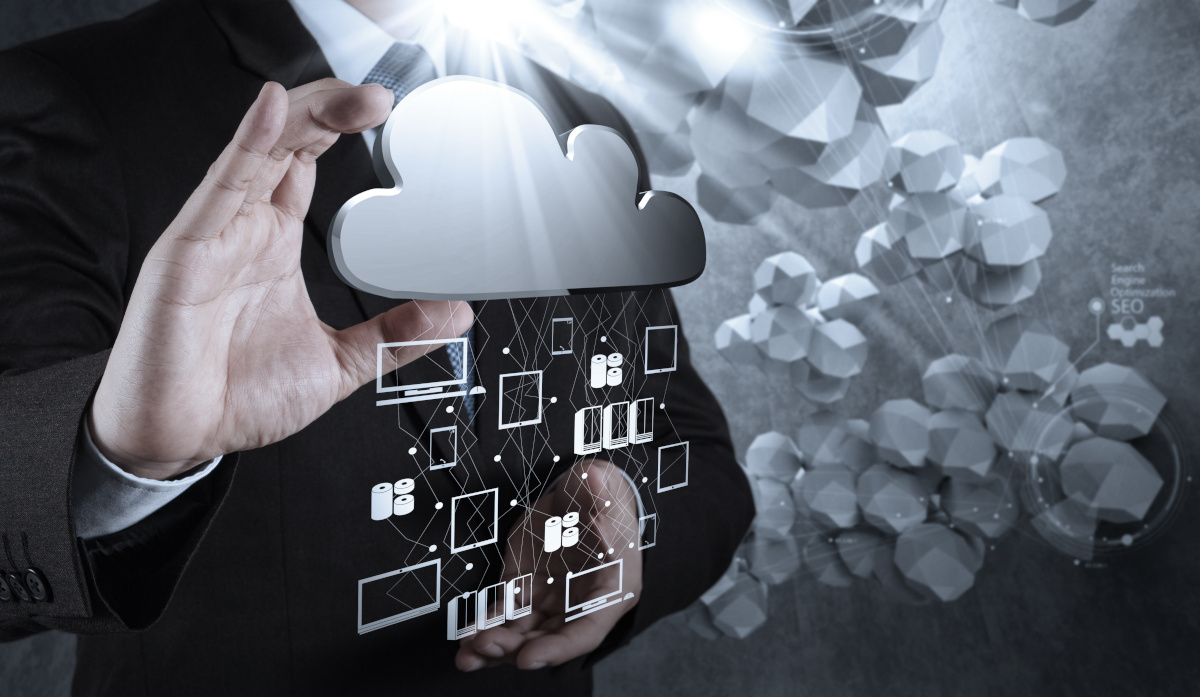How Does Remote Monitoring and Management Benefits Businesses
June 15th, 2023 by admin

Remote monitoring and management (RMM) technology is one of the most powerful tools available for businesses today. It provides a range of benefits that help companies improve their efficiency, performance, and profitability. By taking advantage of this technology, businesses can increase their productivity by automating tasks and providing real-time data on operations, personnel, equipment, and resources.
RMM also helps reduce costs associated with manual labor and increases customer satisfaction by improving response times. In this article, we will explore how remote monitoring and management can benefit your business. We will look at specific ways it can help you save time and money while increasing customer satisfaction and overall operational efficiency. Finally, we will cover some tips to ensure your remote monitoring system is successful.
What is Remote Monitoring and Management?
Remote Monitoring and Management (RMM) is a category of software used by IT service providers to monitor, manage, and maintain their clients' networks from a central location. RMM tools provide the necessary visibility into network health and performance that organizations need to stay up-to-date with the latest security threats and other issues. With these continuous monitoring systems, businesses are able to reduce downtime, improve efficiency, and save costs in the long run.
One of the key features of RMM is its ability to remotely detect problems on a client's network before they become serious enough to cause outages or data loss. These solutions allow technicians to connect remotely via secure VPN tunnels to see real-time information about any device on the network, as well as any related software or hardware. This allows technicians to proactively address any potential issues before they become an actual problem.
RMM systems can also deploy and manage software updates on all devices connected to a client's network. By regularly updating software that is running on computers, servers, and other devices, IT service providers can ensure their clients are always running the most up-to-date versions, reducing security risks associated with outdated software. Additionally, these solutions can patch and update applications automatically without disrupting operations or requiring manual intervention from IT staff.
Finally, RMM tools provide an effective way for IT professionals to monitor system performance in real-time. With detailed reports and alerts generated from these solutions, technicians can quickly identify any potential problems and take the necessary steps to resolve them before they have a negative impact on operations.
In summary, Remote Monitoring and Management (RMM) is an essential part of any IT service provider's toolkit. With its ability to detect problems before they become serious, deploy software updates automatically, and monitor system performance in real-time, RMM solutions provide organizations with the visibility they need to ensure their networks stay secure and running smoothly. Additionally, by leveraging these tools, businesses are able to reduce downtime and save costs in the long run. Therefore, it is clear that investing in RMM technology is essential for any organization looking to maintain control over its network environment.
How Does Remote Monitoring and Management Benefits Businesses?
Remote Monitoring and Management (RMM) is a vital technology that helps businesses monitor, manage, and protect their IT environments. RMM is often used in combination with Automation and Orchestration (AO), which together provide a comprehensive set of tools for managing IT resources.
RMM benefits organizations in many ways by reducing operational costs, maximizing uptime, ensuring compliance with industry standards, and providing reliable customer service. It enables businesses to monitor their entire IT infrastructure from any location worldwide remotely. This includes servers, desktops, laptops, mobile devices, networks, applications, databases, and more.
Organizations can use RMM to keep an eye on system performance metrics, such as memory utilization or disk space available. Additionally, RMM can be used to monitor security threats and detect intrusions in real-time. This enables organizations to respond quickly to potential security issues. Aside from proactive threat assessment, RMM helps maintain compliance with industry requirements such as PCI DSS, HIPAA, or GDPR by continuously monitoring the system for any suspicious activity.
RMM also improves customer service by enabling organizations to diagnose and troubleshoot problems remotely. This is especially useful for remote workers who may not have access to an on-site IT department or help desk support staff. By automating many of the processes associated with IT management, RMM reduces downtime and increases productivity.
Businesses benefit greatly from RMM solutions as they reduce operational costs, maximize uptime, and ensure compliance with industry standards. RMM also makes it easier for organizations to diagnose and troubleshoot problems remotely—improving customer service—and detecting security threats in real-time—lowering the risk of data breaches and other security incidents.
If you want to learn more about how remote monitoring and management benefits businesses, get in touch with ATS today.
Posted in: Solutions, Network Management

